- Joined
- 21 April 2009
- Messages
- 13,756
- Reaction score
- 7,696

US Army begins equipping first unit with hypersonic capability
The Army's ground-launched hypersonic battery is beginning to stand up.

No, that happened on Jan. 6th.Did the AGM-183 and HAWC tests just get canceled?
Yeah, they're so worthless that everybody else is trying to get them into service as fast as possible. Who pays for this garbage writing? (Oh, I think we know.)
Jan. 6th ? I can't find any information about that .No, that happened on Jan. 6th.Did the AGM-183 and HAWC tests just get canceled?

Polaris was a lot wider and would have had a dramatically greater volume of fuel. That said, I can't speak knowledgably to the range or length of CPS. Where did the second image come from that seems to depict a full up round being test fired? I've definitely never seen it before.
My bad.
This image. I've not seen it before; not sure what is depicted.
My bad.
This image. I've not seen it before; not sure what is depicted.
Its been plastered across all articles about LRHW test launch from last year.
The image is originally from 2011 AHW (Advanced Hypersonic Weapon) test.
It flew 3700 km.
The warhead (HGB) it carried is identical to the one proposed for IRCPS and LRHW.
The same was also used for March 2020 test.My bad.
This image. I've not seen it before; not sure what is depicted.
Its been plastered across all articles about LRHW test launch from last year.
The image is originally from 2011 AHW (Advanced Hypersonic Weapon) test.
It flew 3700 km.
The warhead (HGB) it carried is identical to the one proposed for IRCPS and LRHW.
Thanks, I was wondering if the image was recent and represented the first AUP or not. I had thought the AHW used some flavor of an old Polaris missile, but perhaps I’m swapping the tests in my mind. CPS looks like it will be a smaller booster than the one uses in the 2017 test.
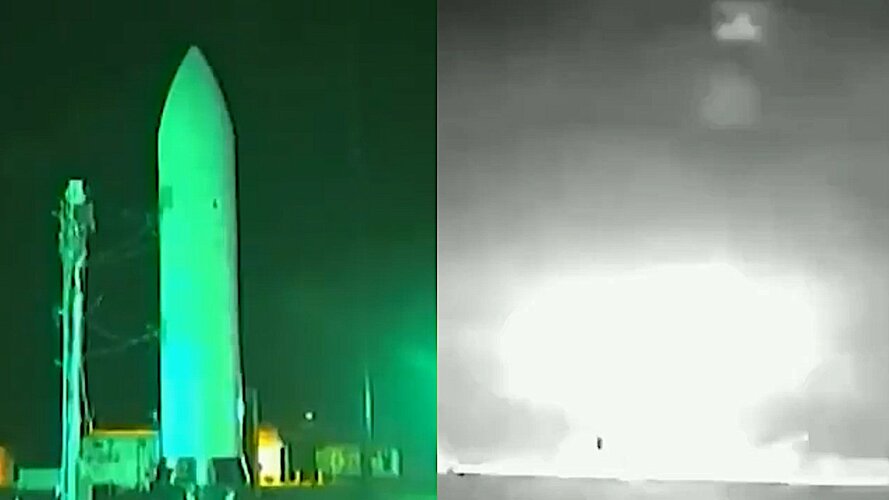

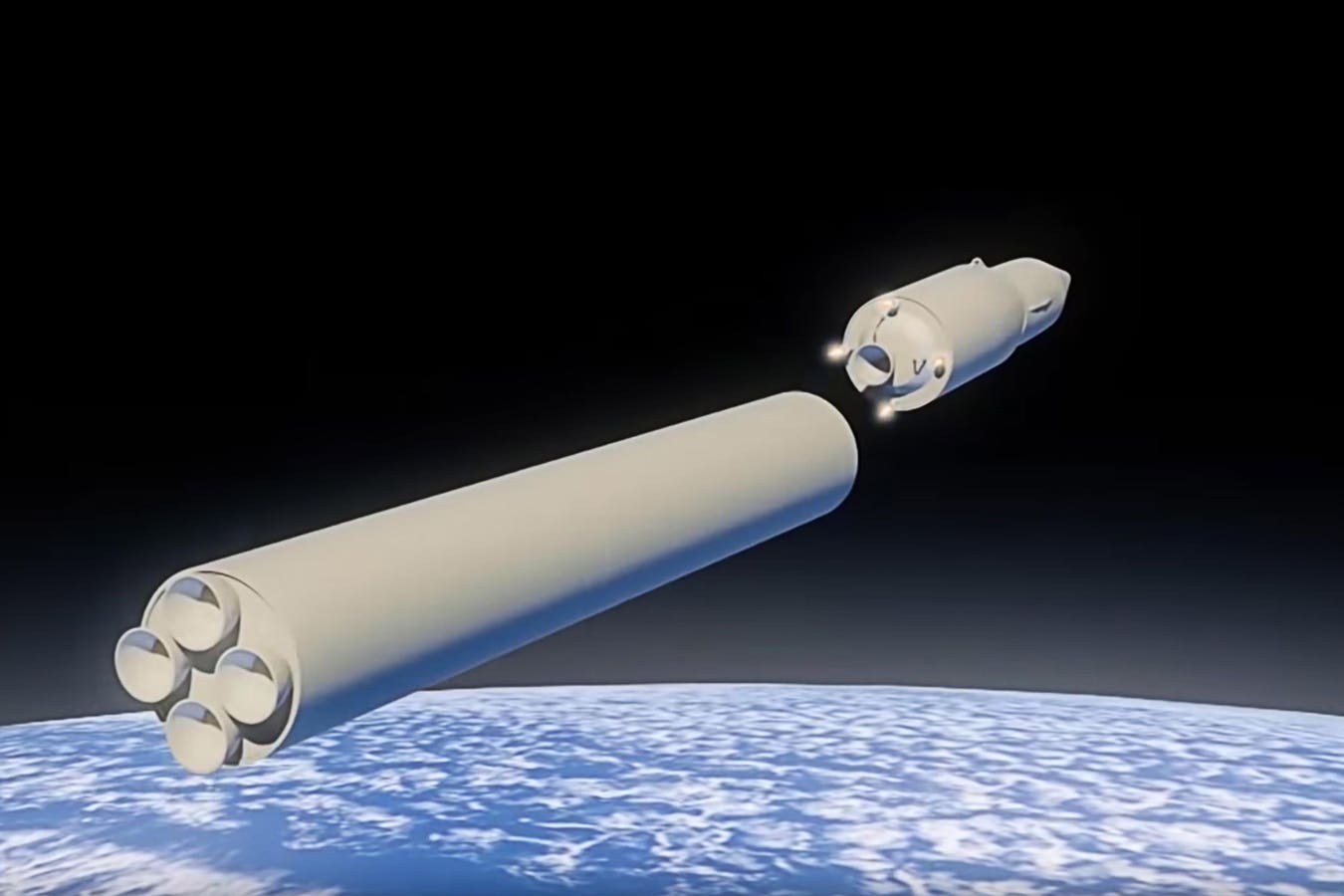
 www.forbes.com
www.forbes.com
Looks similar to a certain SDI era experimental rocket. Likely not related though.Can someone identify this rocket stack's dimensions? It is said to be dual stage.

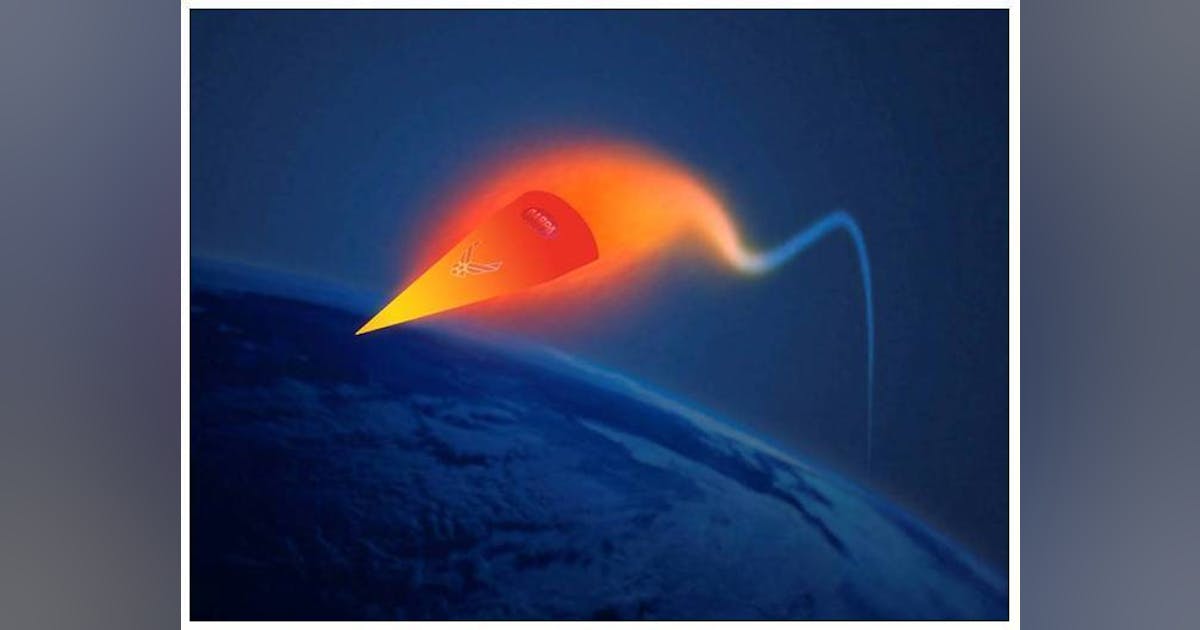


 spacenews.com
spacenews.com
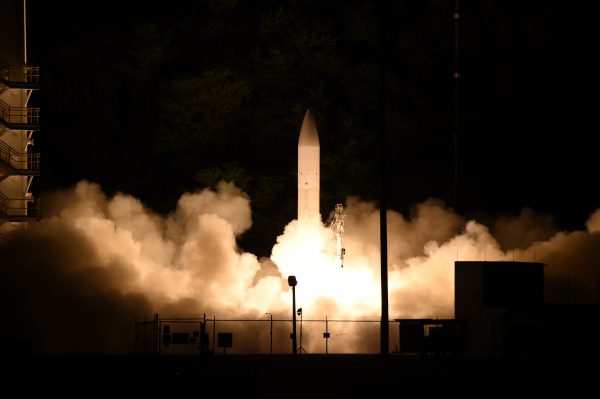
It was. STARS boosters were used for missile defense experiments.Looks similar to a certain SDI era experimental rocket. Likely not related though.Can someone identify this rocket stack's dimensions? It is said to be dual stage.
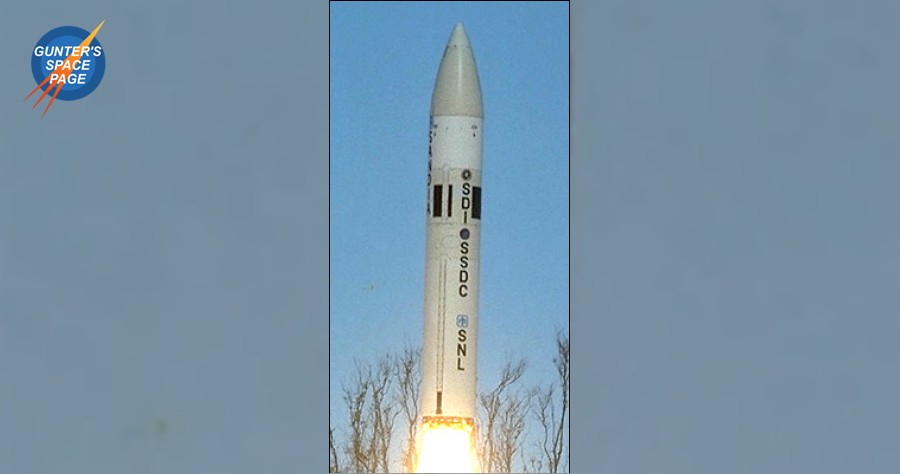
"The Advanced Full-Range Engine, a project sponsored by DARPA and the Air Force, combines an off-the-shelf turbine engine—for flight up to Mach 2.5—with a dual-mode ramjet engine capable of supersonic combustion to reach speeds greater than Mach 5."
Wow... So a turbo-ram-scramjet.


There are existing ramjet missile designs that bumped their range up and speed to reach mach 5 so mach 5.01 can fit the over mach 5 claim so I wouldn't say ram-scramjet for now.Wow... So a turbo-ram-scramjet.
Funny the idea of bringing to life a modern J58. Shows you how ahead of its time the original engine was.
J58 was a ramjet wrapped around a turbojet. Advanced for its time, but the advances in metallurgy and design over the decades mean a lot more can be extracted from the same form factor.Funny the idea of bringing to life a modern J58. Shows you how ahead of its time the original engine was.
Or how about ASALM that they never have the spine to take to completion?Feel the need to remind people that the RATTLR existed.
RATTLRS - Wikipedia
en.wikipedia.org
Was a thing up til like 09 then it disappeared off the face of the earth. Pop up again from a tweet in 2019 before going dark again. Will not be surprise to see it return.

